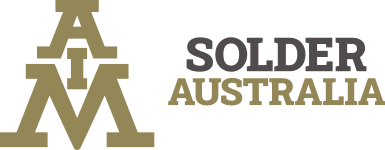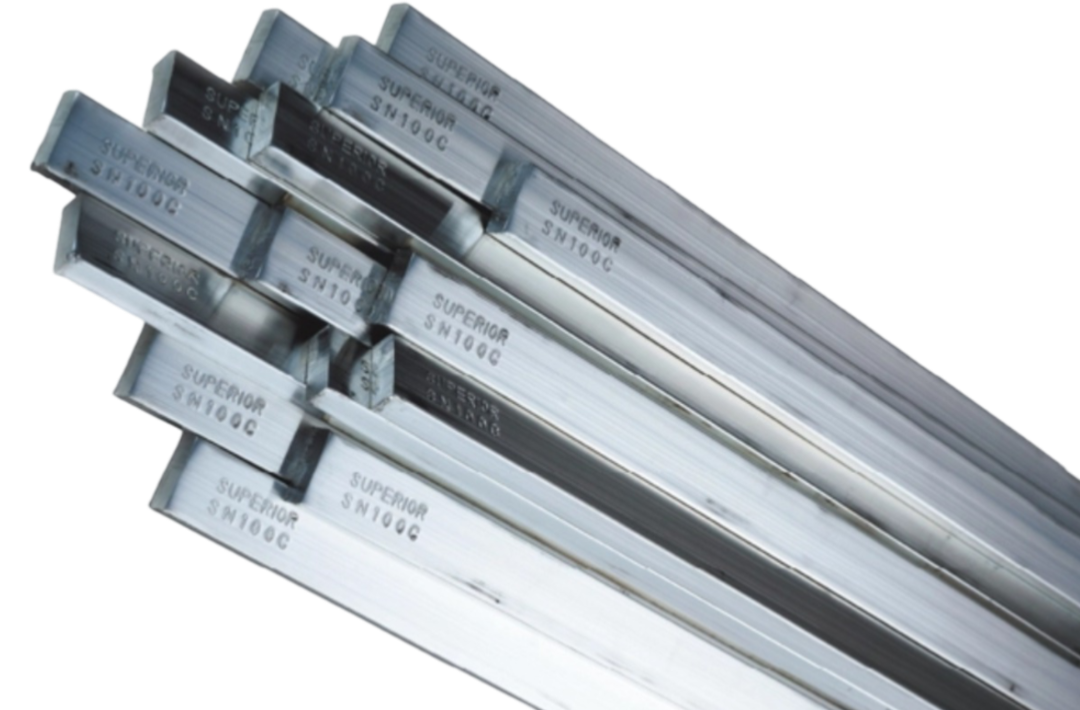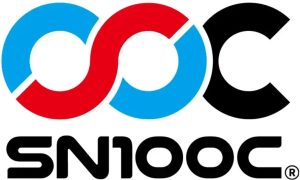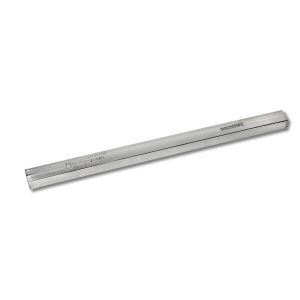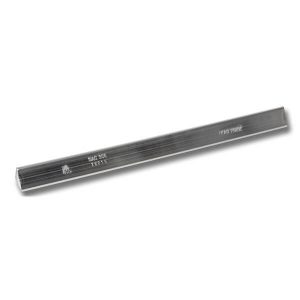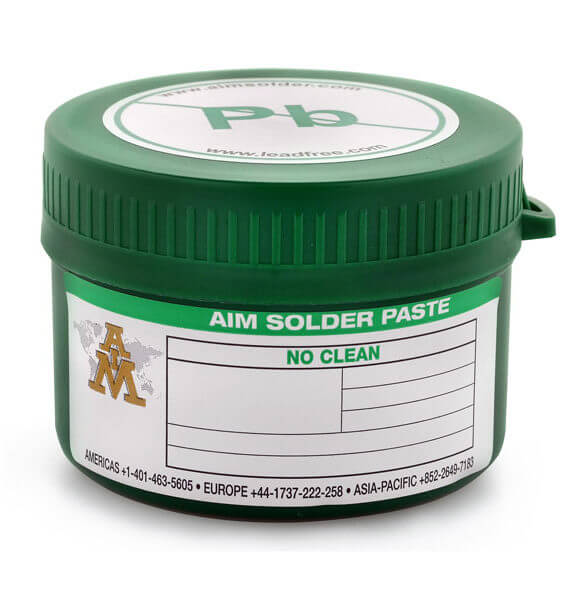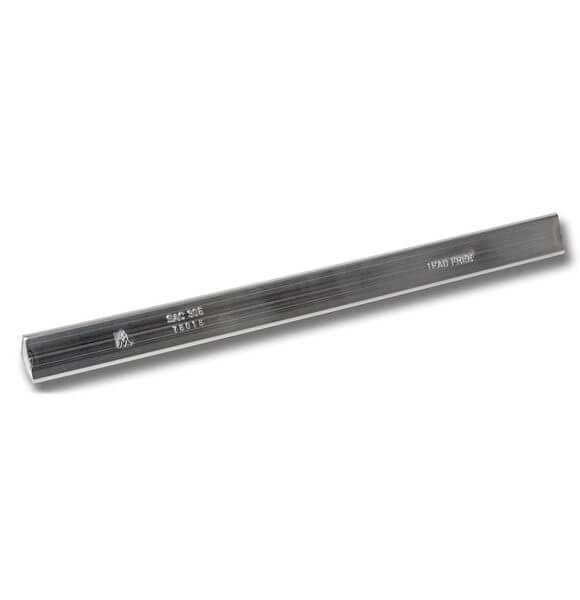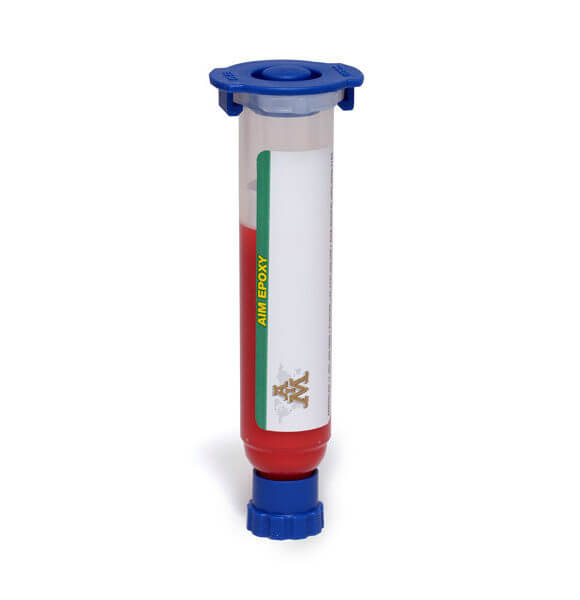SN100C – Solder Bar – Lead-Free
SN100C – Solder Bar – Lead-Free
SN100C® solder bars lead-free solder alloy are developed by Nihon Superior in Japan that is comprised of tin, copper, and a small amount of nickel. SN100C® offers user-friendly properties and has been proven in commercial production since 1999. The addition of nickel improves the wetting and flow properties of the cost effective tin-copper eutectic. This makes it possible to achieve excellent results in wave soldering at process temperatures comparable to the tin-lead solder it replaces. Performance in wave soldering at least matches that of more expensive silver-containing alloys and the resulting joints are smoother and brighter.
The patented addition of nickel imparts to the cost-effective tin-copper eutectic the wetting and flow properties that make it possible to achieve excellent results in wave soldering at process temperatures comparable with those used with the tin-lead solder it replaces. Performance in wave soldering at least matches that of more expensive silver-containing alloys and the resulting joints are smoother and brighter.
Features of SN100C
* Does not contain silver or bismuth.
* Eutectic alloy.
* Bridge-free and icicle-free soldering.
* Smooth, bright, well-formed fillets, free of gross micro-cracks, irrespective of the cooling rate.
* Good through-hole penetration.
* Good topside fillet formation.
* Dross rate equal or lower than tin-lead solder.
* Does not require a nitrogen atmosphere.
* Does not erode copper from holes, pads and tracks.
* Low rate of copper leaching makes it easy to control the copper content of the solder bath.
* Lower aggressiveness to stainless steel and other solder pot materials as compared to tin-silver-copper alloys.
* Thermal fatigue resistance and creep strength better than tin-lead.
* Slow, even growth of the intermetallic layer at the solder/substrate interface.
* Also performs well in selective and dip soldering.
The “Bottom Line”
Customer experience over several years is that the TOTAL cost of running a standard wave soldering machine with SN100C when all factors are taken into account can be up to one third the cost of running the same machine with tin-silver-copper alloys. The actual savings in each case will depend on the number of factors that apply, but the cost of running a line with SN100C is always lower than the cost of running the same line with tin-silver-copper. Please contact AIM for additional information.
Wave Soldering with SN100C
The main differences between wave soldering with Sn-37Pb tin-lead solder and wave soldering with SN100C are that:
* The “process window”, the difference between the process temperature and the melting point of the solder, is smaller
* At the recommended process temperatures the wetting of SN100C is slower
* Ensure that the wave soldering machine is designed to keep board and solder temperatures within these ranges throughout the process
*Use setting as listed below:
Preheat – 100-155°C
Solder Wave – 260-270°C
Dwell Time – 5 seconds minimum
Management of Copper Content in the Solder Bath
As the SN100C solder bath is used copper is dissolved from boards and components leads. If the copper content of the SN100C in the solder bath exceeds 0.85% there is likely to be an increase in the incidence of bridges, icicles and other defects. A simple but effective method has been devised to keep the copper content in the optimum range of 0.6-0.85% by replacing solder carried off on the soldered boards with a top-up alloy with a lower copper content, SN100C®. For replacing solder removed during the skimming of dross the standard SN100C alloy can be used. AIM provides solder bath analyses as required to ensure that the copper content is within the recommended range.
Availability
* Bar Solder
* Wire Solder
* Solder Paste
| Part Number | Size/Description | |
|---|---|---|
| SN100C-EXT-BAR | SN100C Extruded Solder Bar - 1KG | |
